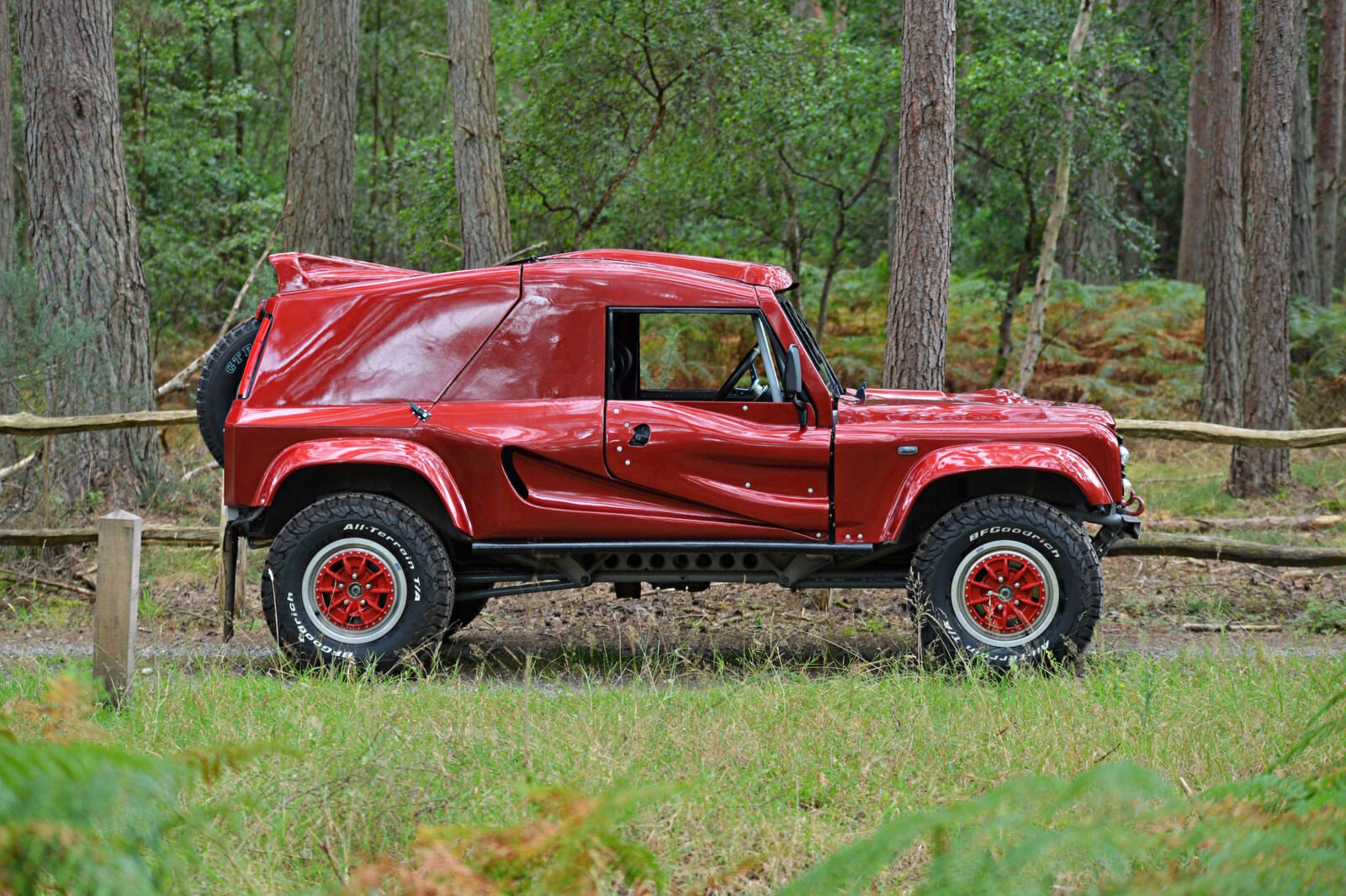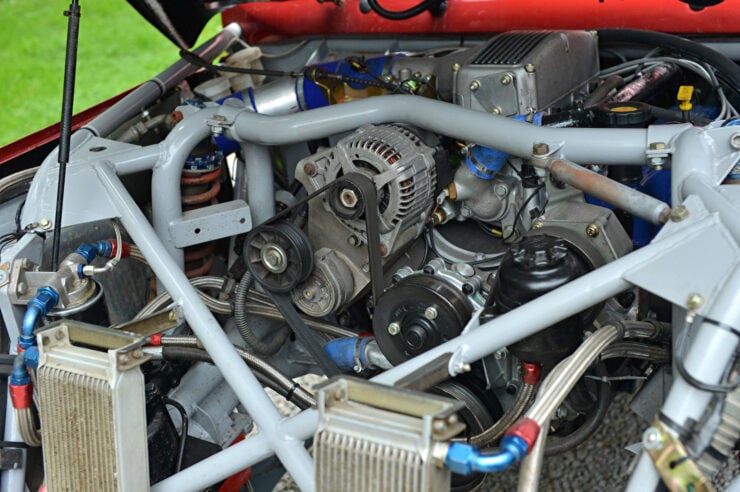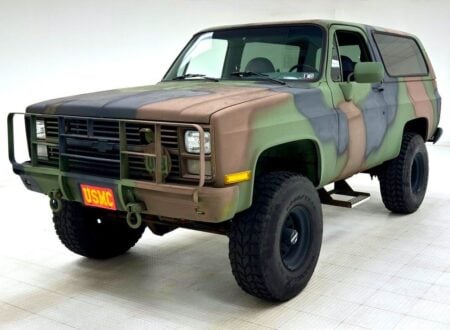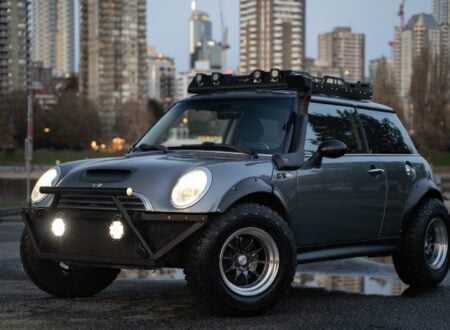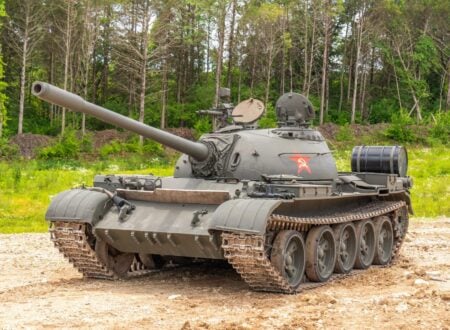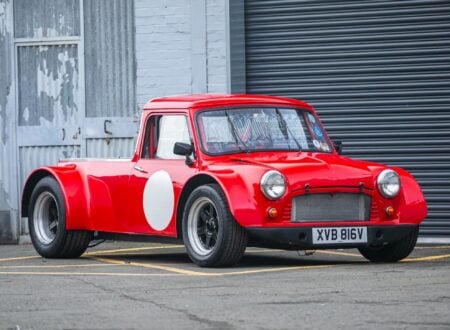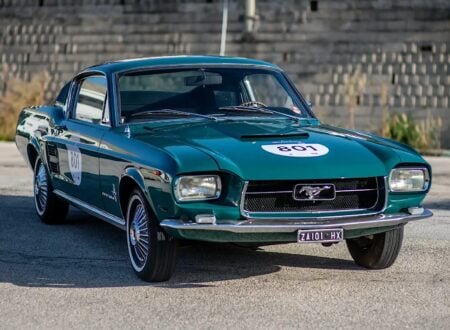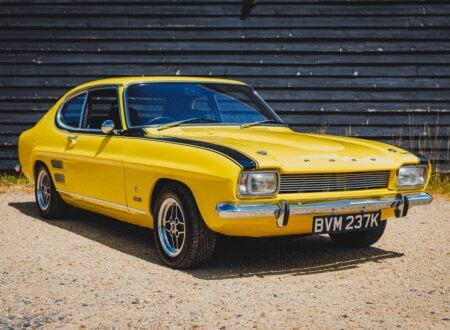The Bowler Wildcat looks like what might happen if you injected a standard Land Rover Defender with six pints of horse steroids and left it alone in a weights room for three months.
The fact of the matter is that there are relatively few Defender components used in the Wildcat, it has a totally new spaceframe chassis, heavy duty off-road racing suspension, and this example has a highly-tuned Rover V8 capable of over 330 hp.
Fast Facts – The Bowler Wildcat
- The Bowler Wildcat was released in 1998 and sold until 2007 when it was replaced by the Bowler Nemesis.
- The Wildcat has a steel spaceframe chassis, each chassis took three weeks to weld, it has a fiberglass body, custom suspension with Land Rover Defender live axles front and rear, and it could be specified with either a V8 or turbo diesel engine options.
- Wildcats have been raced extensively in events like the Dakar Rally, Baja de France, Baja Great Britain, the Scottish Hill Rally, and the original American Baja races.
- Unlike many of their competitors, the Bowler Wildcat is 100% street legal and can be driven daily if you don’t mind the lack of comfort features.
Drew Bowler and Bowler Offroad
Drew Bowler sounded Bowler Offroad back in the mid-1980s due to popular demand after his successes with a Land Rover Series 1 that he had modified extensively for off-road competition.
Above Video: This is the original Top Gear feature on the Bowler Wildcat from 2003 featuring Richard Hammond.
From 1985 Drew started taking orders for vehicles similar to his own, launching the company with eight employees on the Bowler family farm in Derbyshire, England. The company’s first full-custom vehicle was the Bowler Tomcat, which was then evolved into the Bowler Wildcat.
The company grew to become an off-road manufacturing juggernaut, with some of their vehicles being used for military purposes and others being used in the development of automated off-road driving systems by BAE Systems and the Mobile Robotics Group at Oxford University.
Drew Bowler died suddenly in 2016 sending shockwaves through the company and through the off-road racing community at large. The company survived and continued with its development and manufacturing work, then in 2019 Bowler Offroad was acquired by Jaguar Land Rover, becoming an independent wing of the company’s Special Vehicle Operations division.
Recently the company announced Project CSP 575, a highly advanced descendent of the original Land Rover Defender with a 575 hp V8.
The Bowler Wildcat
When it was introduced in 1998 the Bowler Wildcat represented a major evolutionary advance over the previous Bowler Tomcat. The Wildcat was built for international level off-road racing with a steel space frame chassis with a 106″ wheelbase, heavy duty suspension, a lightweight fiberglass body, and your choice of either a V8 or turbodiesel engine.
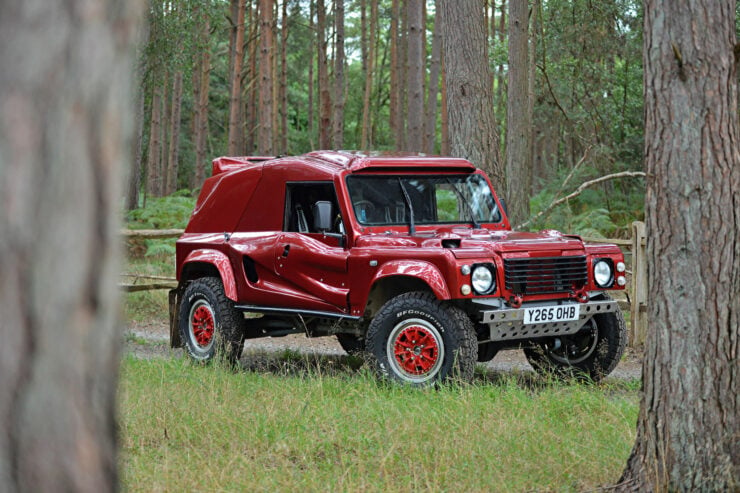

The Wildcat would become the most famous creation from Bowler thanks to the extensive media coverage the model received, including a feature on UK television show Top Gear by Richard Hammond (see it further up in this article).
Wildcats would compete in off-road races around the world including the Dakar Rally, Rallye des Pharaons, Baja de France, Baja Great Britain, the Scottish Hill Rally, and the British Hill Climb Championship to name just a few.
The Wildcat was fitted with strengthened Land Rover Defender axles and an entirely new suspension arrangement consisting of coil springs, telescopic shock absorbers, radius rods, and a Panhard rod up front with coil springs, telescopic shock absorbers, trailing arms, and a Watt’s linkage in the rear.
When it was in production buyers could opt for 4, 4.6 or 5 litre displacement Rover V8 engines with a number of different tuning options offering varying power figures. It was also possible to opt for a 2.2 or 2.5 liter turbodiesel engine.
Bowler kept the Wildcat in production from 1998 until 2007 when it was replaced with the Bowler Nemesis. Many (if not most) Wildcats have been kept in operational condition, with the rights to the design having been sold to QT Services in 2007 (now known as Wildcat Automotive) to ensure a reliable supply of spare parts.
The Bowler Wildcat Shown Here
The Wildcat 200 you see here is powered by the most powerful engine that was originally offered, the 5.0 liter Rover V8. In its current state of tune this engine is producing 334 hp at 5,000 rpm with a dyno sheet to prove it.
The engine was rebuilt by specialists John Eales of J.E. Developments, a new differential and brakes were also added along with a full repaint.
This Wildcat 200 was first registered to off-road rally driver Hugh Haines in May 2001. Haines raced both locally and internationally, claiming multiple race wins including victories in the 2006 Baja de France, 2006 Baja Great Britain, and the Scottish Hill Rally.
This vehicle was also a star feature at the 2005 Goodwood Festival of Speed and it was displayed around the United Kingdom.
The car is now being offered for sale with its UK V5C registration document, an MoT test certificate which expires in June 2022, two spare wheels and a file containing period rally participation documents together with Bowler paperwork, photographs, invoices and recent Dyno results.
If you’d like to read more about it or register to bid you can click here to visit the listing, it’s due to roll across the auction block with Historics Auctioneers on the 25th of September with a price guide of £60,000 – £68,000, which works out to approximately $82,700 – $93,800 USD.

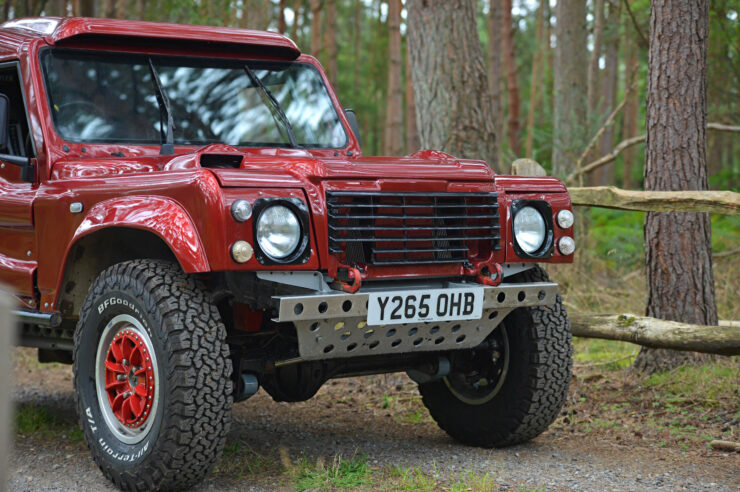
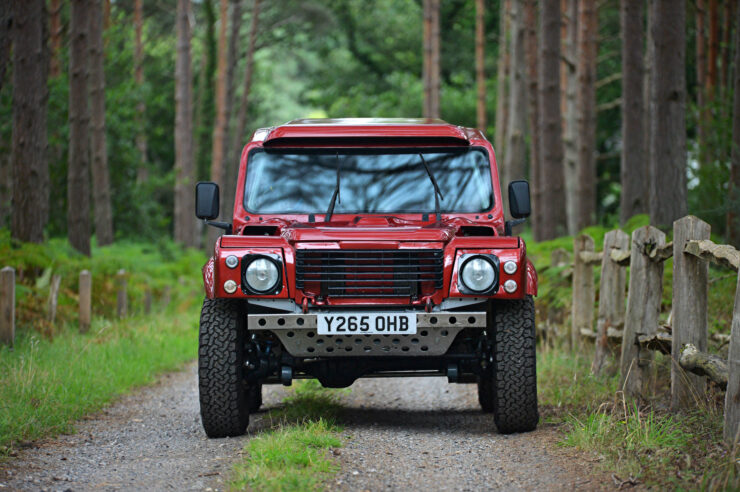
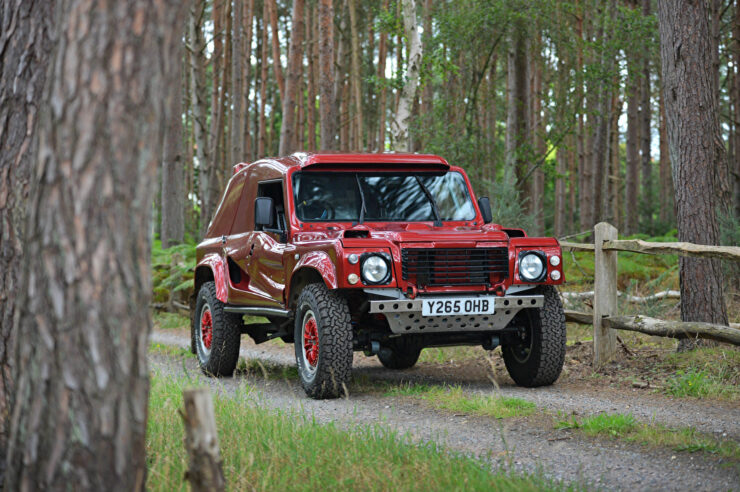
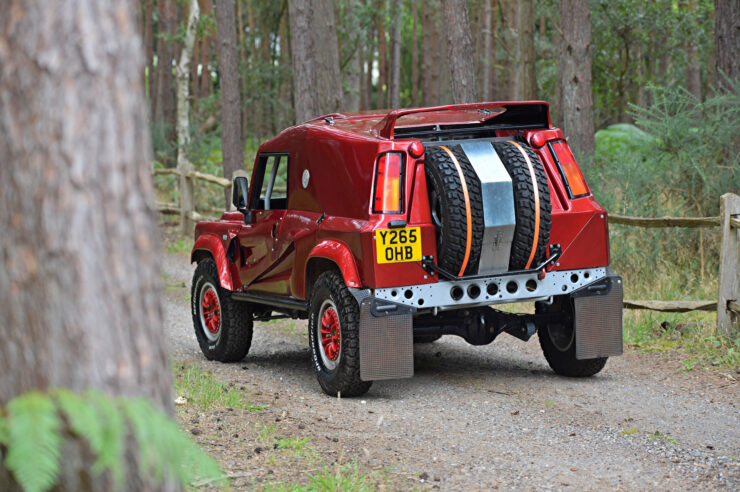
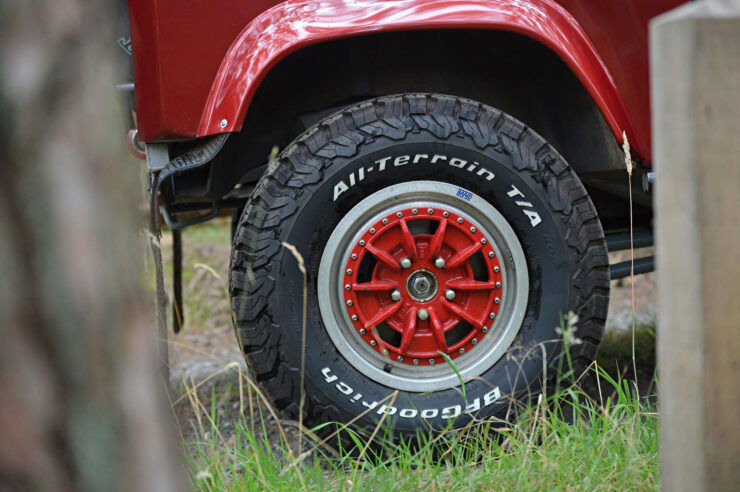
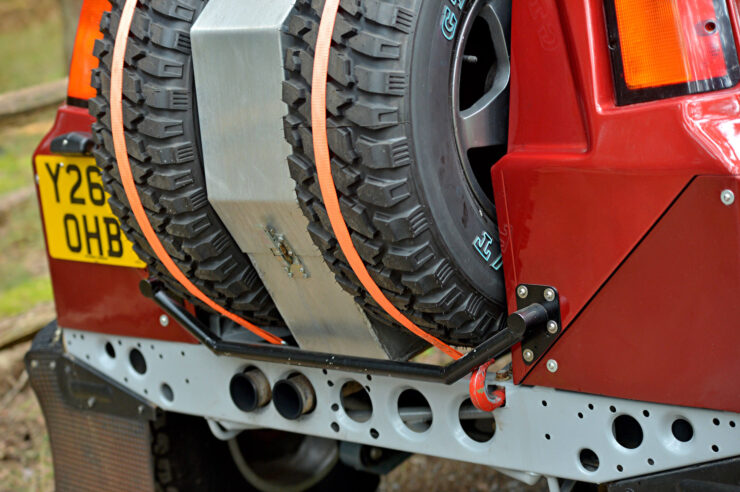
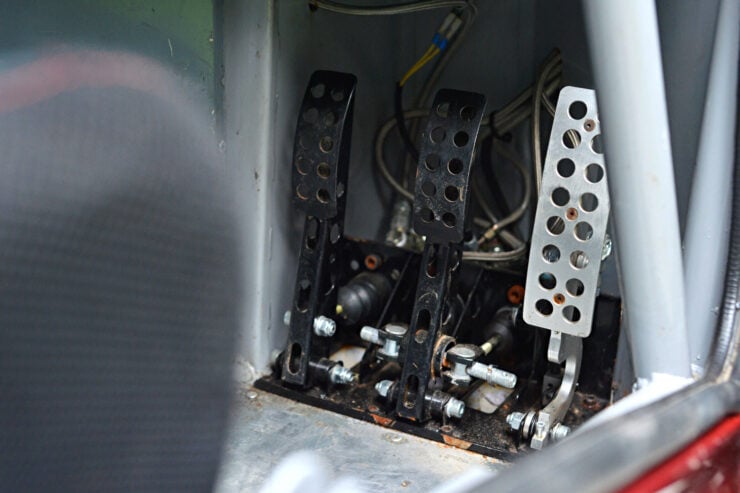
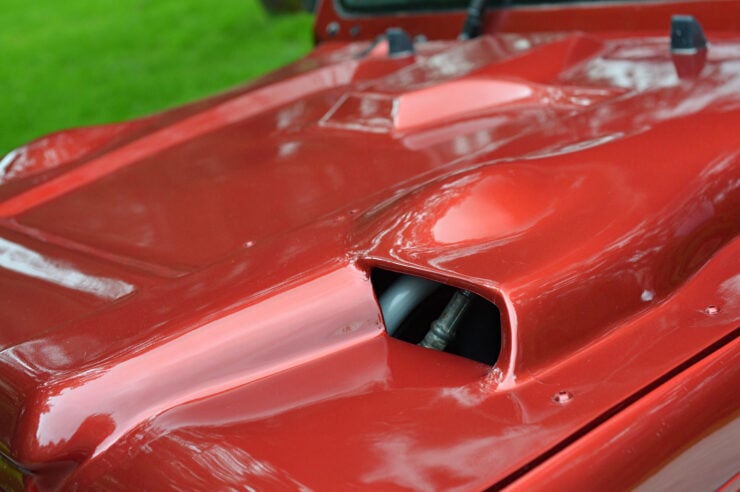
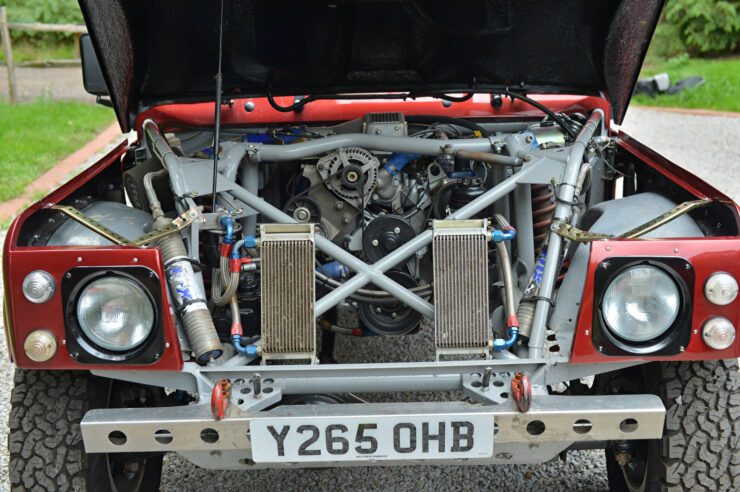
Images courtesy of Historics Auctioneers

